Freckles are natural skin features considered charming and a symbol of youthful innocence or a well-spent summer. Apart from their aesthetic appeal, freckles can provide valuable information about our skin’s interaction with the sun and genetic inheritance.
However, their appearance, particularly after sun exposure, raises questions about their nature and relation to sun damage. Many wonder whether freckles are a form of sun damage or simply a harmless expression of our genetic traits. Understanding the underlying causes of freckles and their relationship with sun exposure can help us take better care of our skin and prevent potential damage from harmful UV rays.
What Are Freckles?
Freckles, or ephelides, are tiny, benign spots of concentrated melanin that typically appear on sun-exposed areas of the body, like the face, arms, and shoulders. They are more common in individuals with lighter skin types but can occur in anyone. The distribution and number of freckles one may have are largely determined by genetics.
Genetic Roots Of Freckles
The propensity to develop freckles is inherited, meaning you’re more likely to have them if your family members have them. Genetic markers influence whether you’ll have freckles and their pattern and intensity across your skin.
The Impact Of Sun Exposure On Freckles
Shield Your Skin from Sun Impact with our product, Tetros® ULTRA cream
Sunlight plays a pivotal role in the development and prominence of freckles. UV radiation stimulates melanocytes, prompting them to produce more melanin. For those genetically predisposed to freckles, this process results in the appearance of these small, pigmented spots. However, the sun’s role is more of an activator rather than the direct creator of freckles.
Freckles vs. Sun Damage
While freckles are not a form of sun damage, they are a sign of skin exposure to potentially harmful UV radiation. It’s a misconception to view freckles as purely benign. Although they are not dangerous in and of themselves, their presence, especially if they change in appearance or multiply rapidly, can be a warning sign of excessive sun exposure.
Understanding that the relationship between sun exposure and freckles is not direct is crucial. Short, occasional exposure might not lead to a noticeable increase in freckles for everyone. However, prolonged and repeated exposure to UV rays without adequate protection can cause freckles to become darker and more apparent. This response is essentially the skin’s way of protecting itself from UV damage.
Key Factors to Monitor When Examining Freckles
When keeping an eye on freckles, it’s wise to apply the ABCDE guidelines, commonly associated with the early detection of melanoma, to these spots as well:
- Asymmetry: One half of the freckle does not match the other in shape.
- Border irregularity: The edges of the freckle are uneven or notched.
- Color variation: The freckle exhibits multiple colors or color changes.
- Diameter: The freckle’s size exceeds that of the eraser on the end of a pencil
- Evolving: There are changes in the freckle’s size, shape, or color over time.
Generally, freckles are benign and not a major health concern. However, noticing any alterations in your freckles, such as those outlined above, warrants a visit to a dermatologist for a professional evaluation.
Strategies For Preventing Sun Damage
Given the link between freckles and sun exposure, adopting sun protection measures is crucial:
- Broad-Spectrum Sunscreen: Apply sunscreen with at least SPF 30 daily, reapplying every two hours or after swimming or sweating. Keep Tetros® ULTRA cream in your bag to protect your skin from direct UV rays.
- Seek Shade: Avoid direct sunlight from 10 a.m. to 4 p.m., when sun rays are strongest and most harmful.
- Protective Clothing: Wear clothing that covers the skin, wear sun hats, and use UV-blocking sunglasses.
- Be Aware of Reflective Surfaces: Water, sand, and snow can reflect UV rays, increasing exposure even in shaded areas.
Conclusion
Freckles are a genetic trait accentuated by sun exposure, serving as a natural marker of your skin’s interaction with sunlight. While they are not directly harmful, their presence underscores the importance of vigilant sun protection to prevent potential sun damage. By understanding the nature of freckles and adopting comprehensive sun safety practices, you can enjoy the beauty of your skin while safeguarding its health and vitality.
Frequently Asked Questions
Do Freckles Fade Away?
Freckles can fade over time, especially with reduced sun exposure. They may become less noticeable in winter and darker during the summer months.
Can People Without Freckles Still Experience Sun Damage?
Absolutely. Sun damage can be seen in any skin type, regardless of freckles. Protective measures against UV radiation are essential for everyone.

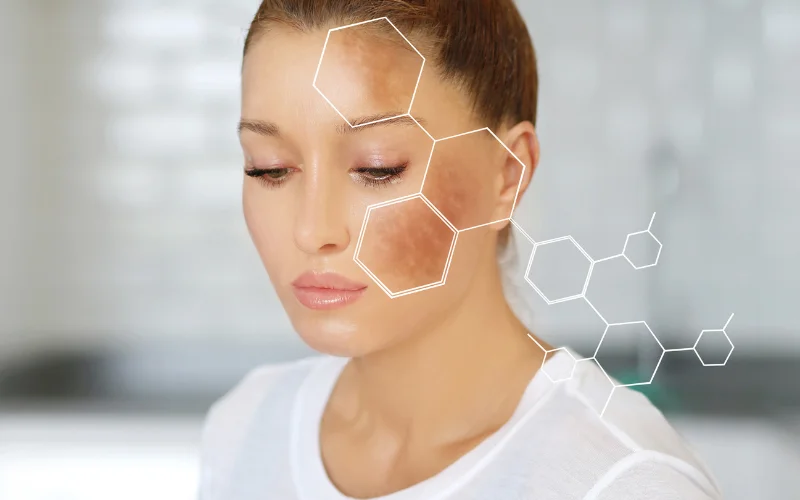

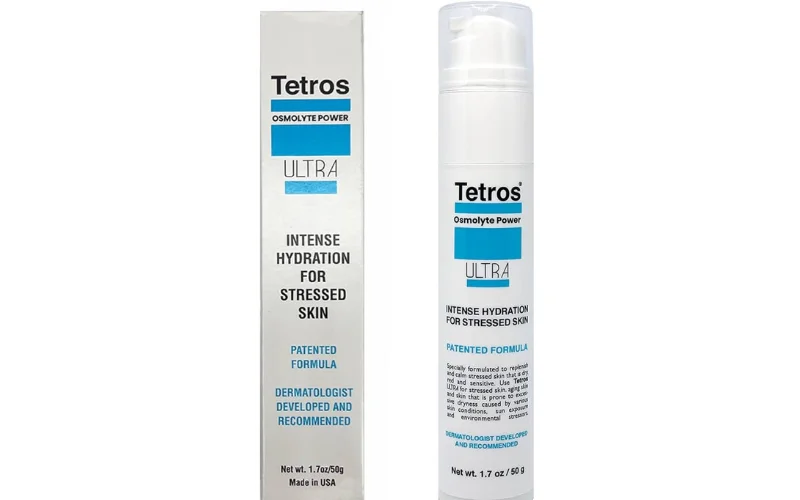
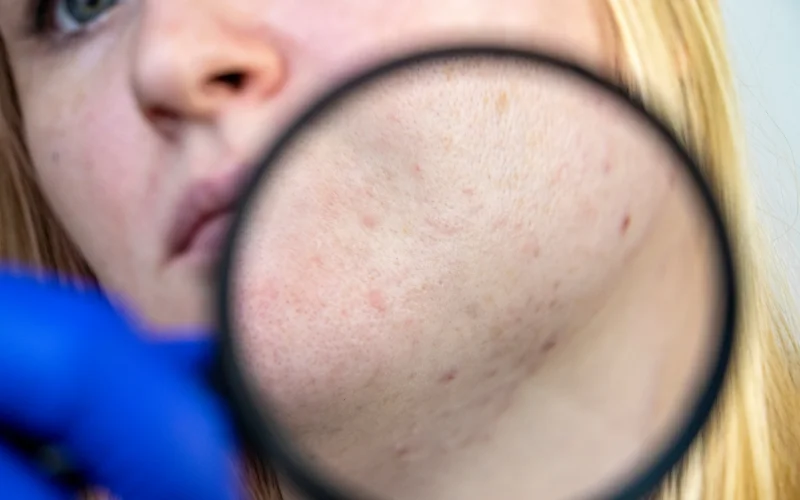

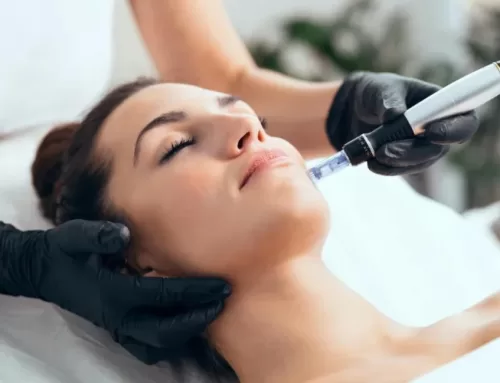



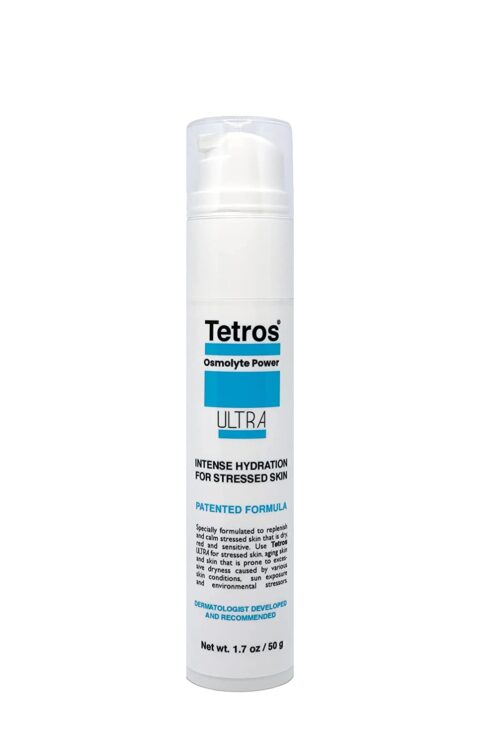


Leave A Comment